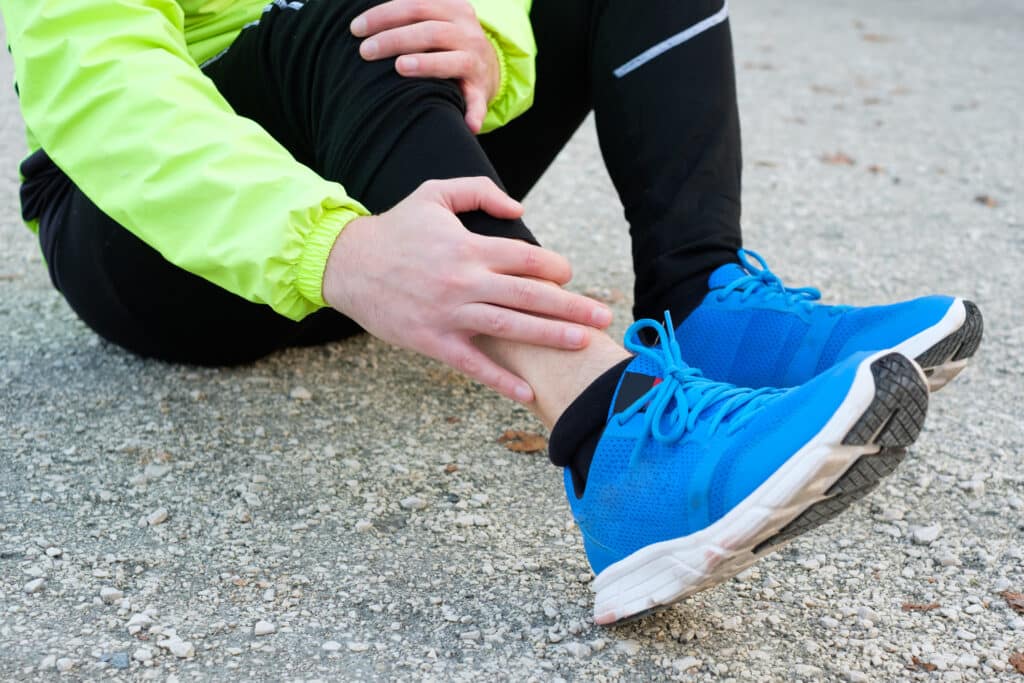
If you’re an athlete, runner, or just someone who enjoys physical activity, you may be familiar with the term “shin splints.” However, what many people don’t realize is that shin splints are actually a symptom of a larger issue – medial tibial stress syndrome (MTSS). MTSS is a common overuse injury that affects the lower leg and can cause pain and discomfort. But how do you know if you have MTSS? In this blog post, we’ll explore the signs and symptoms of MTSS and discuss when it’s time to seek help from a physiotherapist or chiropractor.
Pain along the inside of your shin
One of the most common symptoms of MTSS is pain along the inside of your shin bone. This pain may start off as mild discomfort during exercise but can progress to a sharp pain that lingers even after activity has stopped. The pain is usually spread along the inside edge of your shin bone, specifically, the lower two-thirds of the shin bone.
Swelling and tenderness
Along with pain, swelling and tenderness are also common symptoms of MTSS. You may notice redness or warmth in the affected area, and it may feel tender to the touch.
Pain during exercise
If you’re experiencing MTSS, you’ll likely notice that your pain worsens during exercise and physical activity. Activities that involve repetitive impact on your legs, such as running or jumping, can exacerbate your symptoms. Stretching and doing a warm-up before you exercise can help decrease your shin pain, however, the pain will typically come back after exercise has stopped.
Pain as a result of overuse or overactivity
Medial tibial stress syndrome (MTSS) pain is commonly attributed to overuse or excessive activity, particularly in the context of repetitive and prolonged stress on the lower leg. The repetitive impact associated with activities like running, jumping, or sudden changes in physical intensity can lead to microtrauma and inflammation in the tibial region. The overuse-related stress disrupts the delicate balance between the muscles and the surrounding structures, causing discomfort along the inner edge of the shin.
Weakness or instability
In some cases, individuals with MTSS may also experience weakness or instability in their lower legs. You may notice a decreased ability to perform certain exercises or movements that involve your lower legs.
If you’re experiencing any of the symptoms listed above, it’s important to seek help from a physiotherapist or chiropractor. They can perform a thorough assessment and diagnosis to determine if you have MTSS or another lower leg injury. Treatment may include rest, ice, compression, and elevation (RICE), as well as specific exercises and stretches to target the affected area. Don’t let shin pain hold you back from your favorite activities – get help today!
If you have any questions or would like to explore further, please book a free, no-charge online appointment. Jonathan Tran is a physiotherapist in Kitchener.

